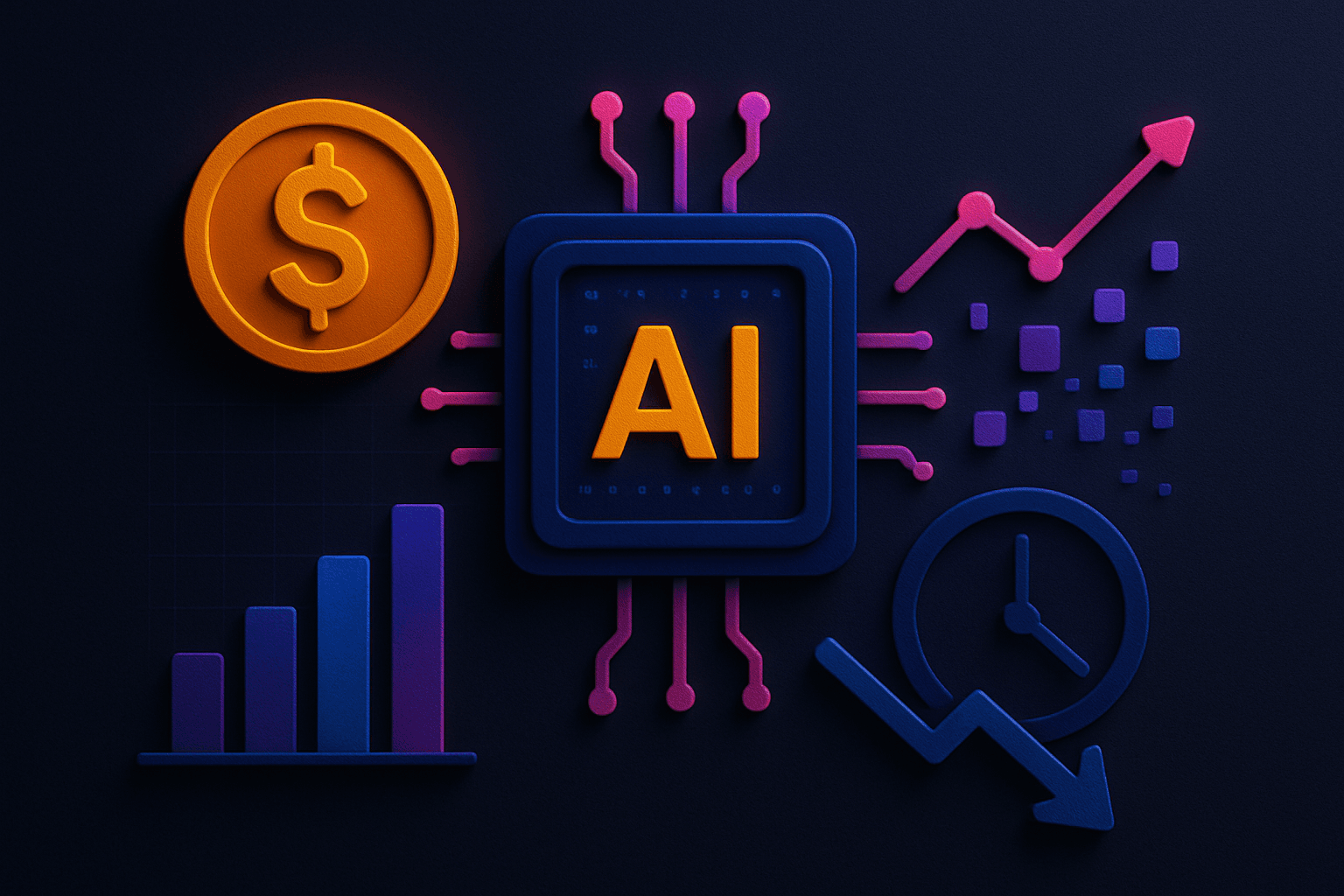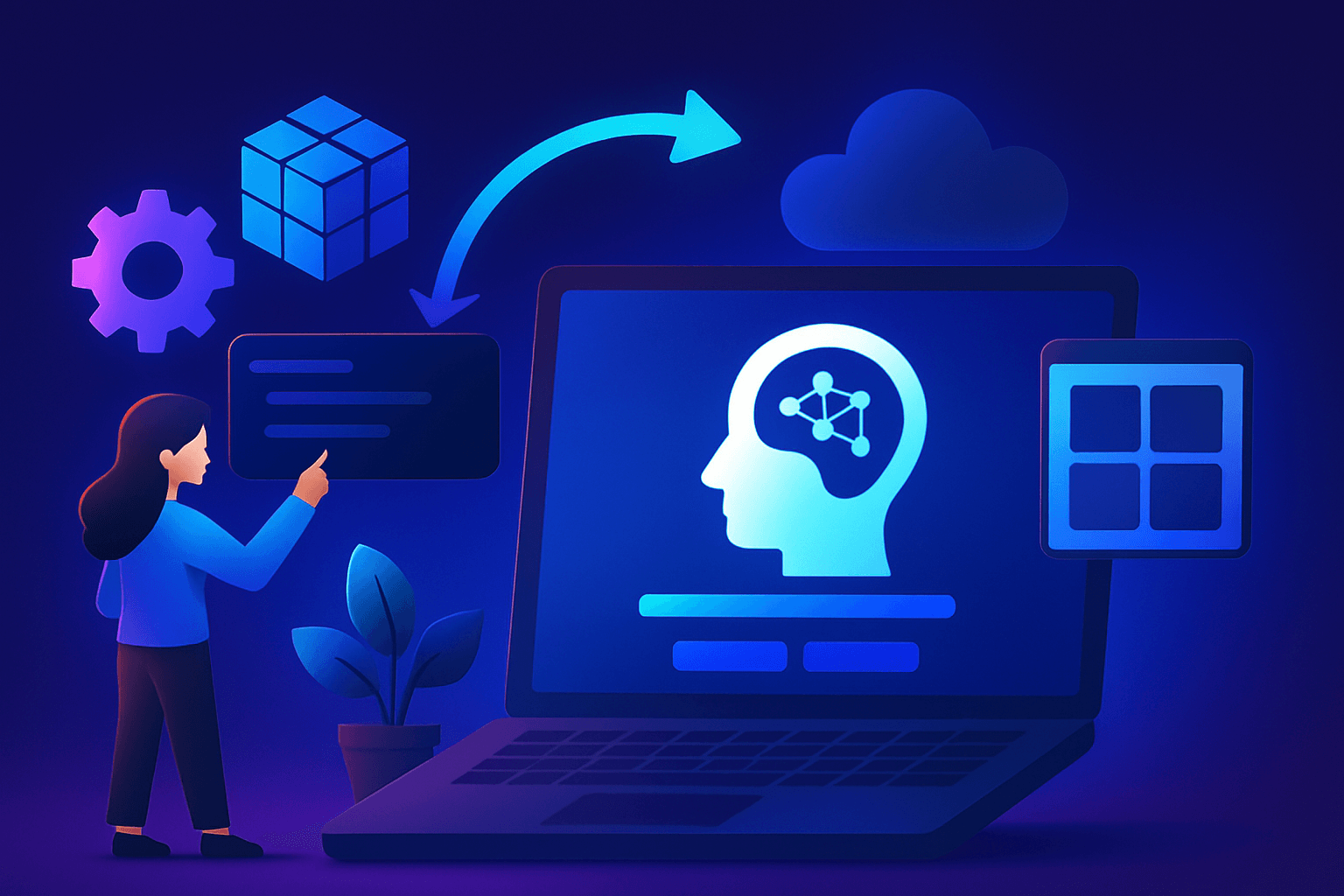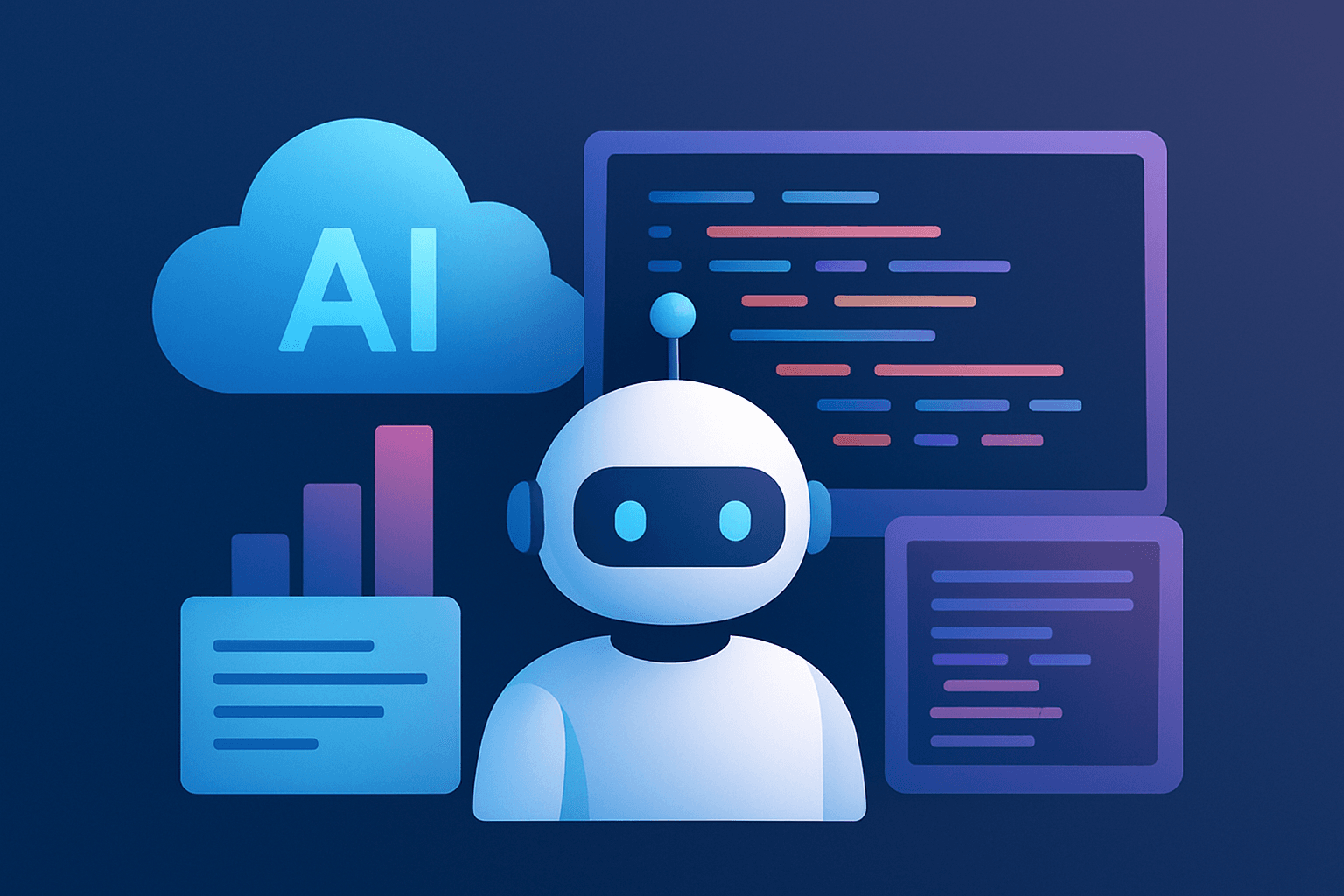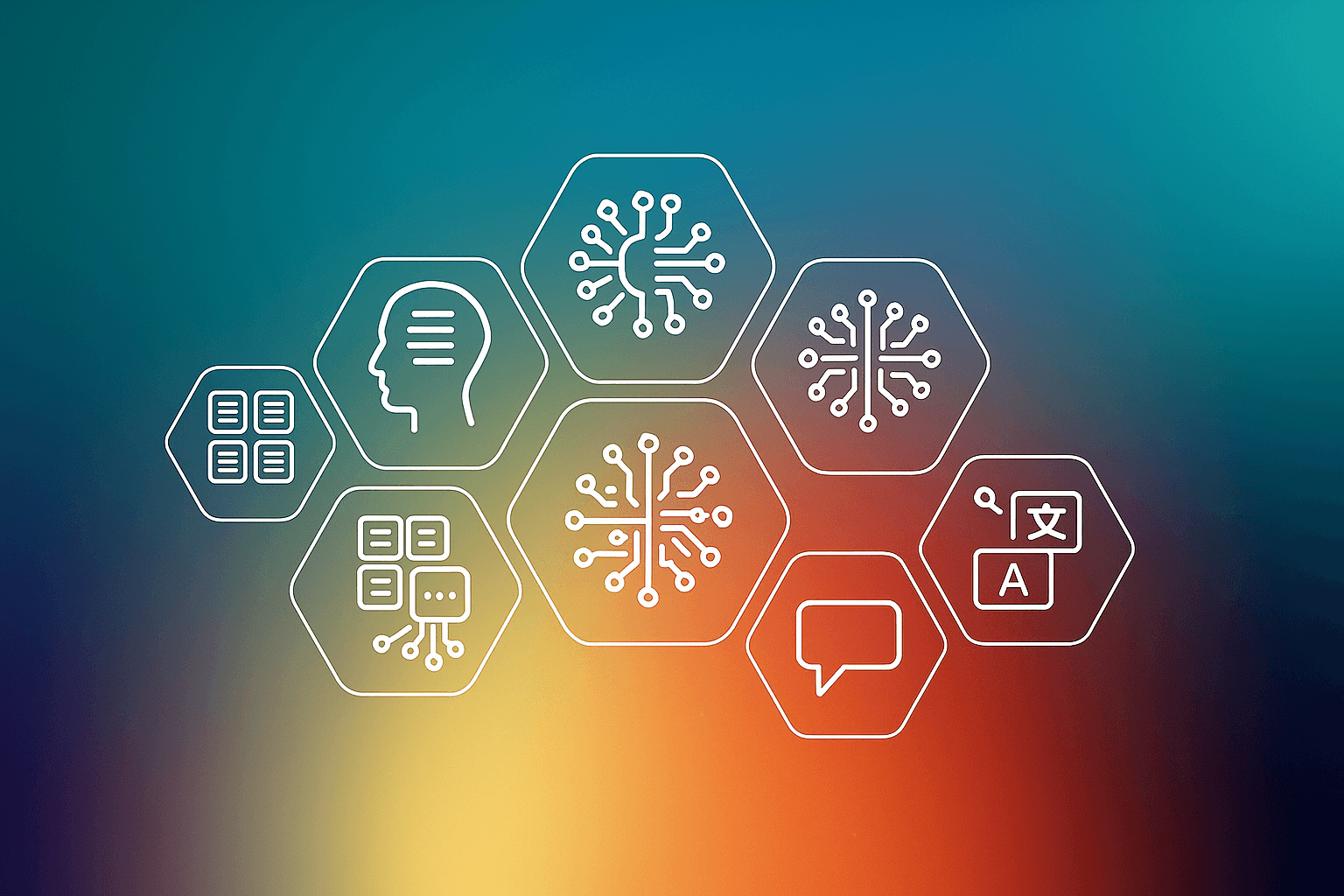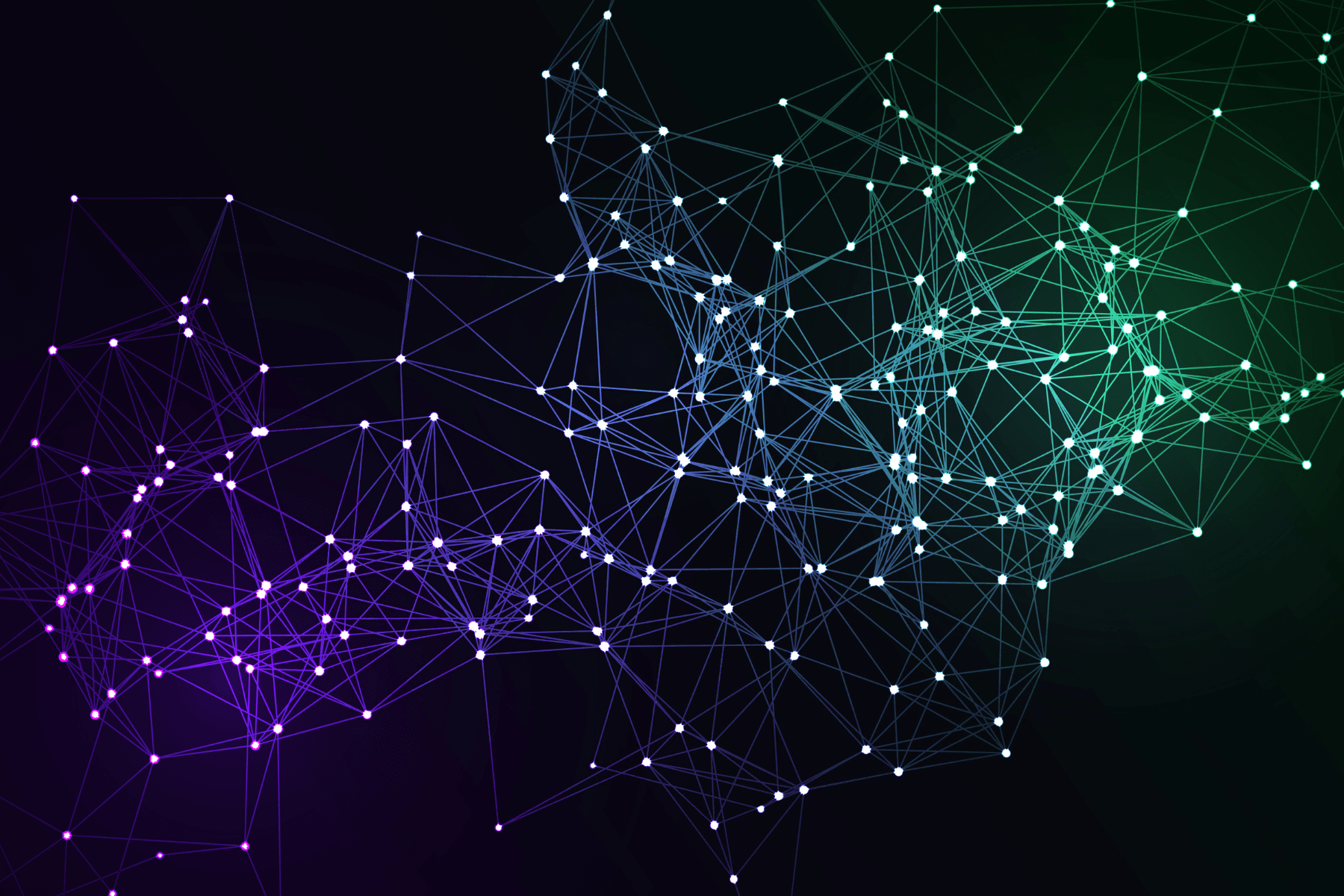With the surge of humongous chunks of data utilized all-round, whether making a bank transaction or downloading your favorite application, the scope of analyzing it has risen. Machine learning has evolved with more data usage for achieving better accuracy with machine learning models.
In this blog post, we will talk about machine learning and why its significance is alike for everyone, whether a professional or an enterprise owner. You will be surprised that you have been applying ML in your daily life, though unknowingly.
Common machine learning implementations:
- Amazon and Netflix's online recommendations
- Google self-driving cars
- Online Fraud detection
- Customer reviews on Twitter
Relatable, isn't it?
Machine learning: A glance

ML: A subset of AI
Machine learning is a data analysis method and a subset of artificial Intelligence. It involves the design and study of methods of using data. It learns behavior and makes decisions using algorithms with least to no human intervention. As models are exposed to new data, they can adapt to it. They learn from past computations to produce reliable decisions and results.
Due to the innumerable virtues of this phenomenal invention, many industries have been using it for the betterment of the masses and making their lives simple.
How is data processed in a machine learning model?
The primary aim of machine learning is to predict results based on incoming data. Thus with a wide variety of data samples, it is easier to predict the results with relevant patterns. The data processing structure is as below:

Data Processing in Machine Learning
Every tech enthusiast knows the importance of data. There are two types of data in ML: Labeled and Unlabeled. Labeled data has input and output parameters in a machine-readable form and demands human labor for data labeling. Unlabeled data has one or no parameters in a machine-readable format that does not require human labor but complex solutions.
The first step of data processing is to convert it into a meaningful and informative aspect. Machine learning can automate this process by applying algorithms, mathematical modeling, and statistical operations. Here are the steps involved:
i. Data Collection:
The first step in processing datasets is collecting them from various sources. Machine learning can start only with good quality and accurate data. High-quality data makes the process of model learning easier and yields desired results. Data can be of any form: text or images.
ii. Analysis :
The data collected can be raw and is analyzed before feeding to the machines. In this step, data analysis is performed, and new datasets are constructed.
iii. Applying Algorithms
The engineer applies algorithms to the analyzed data to make it machine-readable. Data demands higher precision and accuracy. The algorithm application method affects the final model's precision, performance, and size.
iv. Data Output
In this step, the machine acquires the results in a meaningful format the user can deduce. The output results can take several forms like reports, graphs, histograms, tables, videos, etc.
v. Storage
This is the ultimate step where the resultant data model and the useful information are saved for further use.
In what ways machine learning is executed?

Machine Learning Methods
Any machine learning method is applied for training ML algorithms based on the data it consumes. There are three main methods: Supervised, Unsupervised, and reinforcement learning, as described below.
However, for specific use-cases, there are other algorithms used: Transfer, ensemble, inductive, deductive, self-supervised learning, etc.
1. Supervised learning
The supervised machine learning algorithm works on labeled data. The algorithm is implemented on a small training dataset that is a subset of a huge dataset and informs the problem, its solution, and the data points.
Supervised learning builds a causal relationship between the parameters and the dataset variables. By the end, the algorithm knows the working of data and the input-output relationship.
The solution is deployed on the final dataset, similar to the training dataset. Hence, supervised machine learning algorithms get better even after being deployed, discovering fresh patterns and relationships due to self-training on new data.
Example:
Tweets or product reviews based on text classification.
2. Unsupervised learning
The unsupervised machine works on unlabeled data authorizing voluminous datasets to work on. In unsupervised learning, hidden structure creation is carried out, and the algorithm assesses the data points relationships.
In unsupervised learning algorithms, there is no need to define the problem statement. It can work on the data by the evolving disguised structures. Thus, there is more development post-deployment in this algorithm as compared to supervised algorithms.
Example:
Weather predictions based on past temperature data, precipitation, wind, humidity.
3. Reinforcement learning
The reinforcement learning algorithm improves itself and learns from trial-and-error. The favorable outputs are reinforced, and non-favorable ones are discouraged.
Reinforcement learning works on the conditioning method and puts the algorithm with an interpreter and a reward system. In every iteration, the interpreter processes the output and decides whether it is favorable. The algorithm goes through many iterations until a favorable outcome is obtained. For finding the correct solution, the interpreter reinforces the solution with a reward.
Example:
Finding the smallest possible path between two plot points on a map.
Where is machine learning applied?
Industries have been implying machine learning in their applications owing to the revolution it has brought to the world as below:
i. Personal Assistants And Chatbots: Amazon Siri, Alexa, and Cortana
ii. Business Intelligence: Product development by understanding customer buying behavior and preferences.
iii. Customer Experience Solutions: Recommendation engines for better customer experience.
Conclusion
Most industries working with a large amount of data have identified the significance of machine learning technology. With data insights in real-time, organizations can work efficiently. Machine learning has been making machines act, think and work like humans. This AI innovation is surely going to shape the future.
Gartner predicts that by 2022, 75% of new end-user AI and ML solutions will be commercials instead of open-source.
With this article, we hope you could infer why machine learning is for everyone!
For More Info , Please call on : +91-8805187258
For Free Trial , Signup Here : https://bit.ly/36RS7pG
